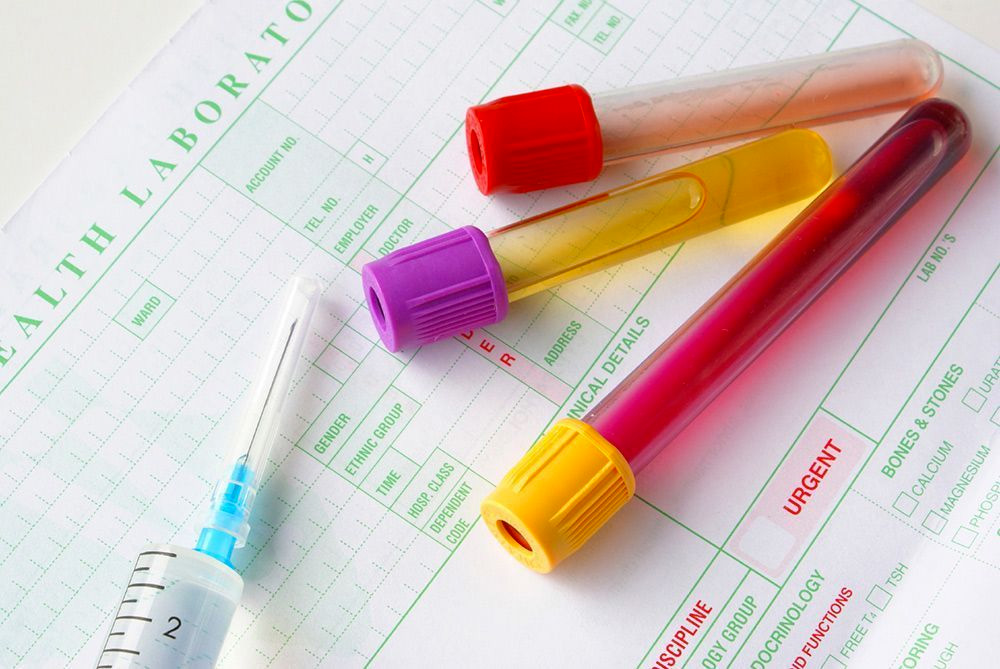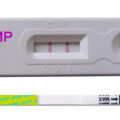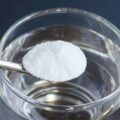A drug test is a technical analysis of a biological specimen to determine the presence or absence of specified parent drugs or their metabolites. Urine testing is the most common type of drug screening. Major applications of drug testing include detection of the presence of performance enhancing steroids in sport, employers and parole/probation officers screening for drugs prohibited by law A drug test may also refer to a test that provides quantitative chemical analysis of an illegal drug, typically intended to help with responsible drug use.
A drug test generally requires that you give a urine sample in a lab. You will be given instructions to provide a “clean catch” sample. In certain instances, a medical technician or other staff member may need to be present while you provide your sample.
For a blood test for drugs, you will go to a lab to provide your sample. During the test, a health care professional will take a blood sample from a vein in your arm, using a small needle. After the needle is inserted, a small amount of blood will be collected into a test tube or vial. You may feel a little sting when the needle goes in or out. This usually takes less than five minutes.
The 10-panel drug test screens for the five of the most frequently misused prescription drugs in the United States. It also tests for five illicit drugs. Illicit drugs, also known as illegal or street drugs, usually aren’t prescribed by a doctor.The 10-panel drug test is less common than the 5-panel drug test. Workplace drug testing typically checks for five illicit drugs, and sometimes alcohol. Although it’s possible to use blood or other bodily fluids to conduct a 10-panel drug test, urine tests are the most common.
What Does PHN Stand For In Drug Test?
Drug testing request and reports usually carry many abbreviations and color code, some of which require a specialist to decode and interpret. PHN in a drug test stands for p-Hydroxynorephedrine (PHN), or 4-hydroxynorephedrine, a para-hydroxy analog of norephedrine and an active sympathomimetic metabolite of amphetamine in humans. When it occurs as a metabolite of amphetamine, it is produced from both p-hydroxyamphetamine and norephedrine. Amphetamines are psychostimulant drugs, which speed up messages travelling between the brain and body.
Some types of amphetamines are prescribed by doctors to treat conditions such as attention deficit hyperactivity disorder, narcolepsy (where a person has an uncontrollable urge to sleep) and Parkinson’s disease. Other types of amphetamines, such as speed, are produced and sold illegally and have been taken as performance enhancement drugs. The most potent form is crystal methamphetamine (ice).
The half-life of amphetamine is an average of 10 hours, which means it takes that long for half of the ingested dose to be metabolized and eliminated from the bloodstream. When taken orally, amphetamine peaks at 12 hours. If taken intravenously, the elimination half-life is about 12.2 hours. Adderall XR, a long-acting form of prescription amphetamine, lasts up to 12 hours in most healthy children. However, it should be noted that Amphetamines and its various metabolites can remain in your system for up to three months after intake because of the various factors that determine drug elimination from the body.
Amphetamine detox involves clearing the body of substances, as well as reducing or eliminating the physical and mental effects of substance abuse (such as tremors or anxiety). Detoxing from Amphetamines and alleviating withdrawal symptoms may be longer than detox from other stimulants because Amphetamines have a longer duration of effect and stay in the central nervous system longer. ALSO READ: What Does AMP Mean On A Drug Test?






